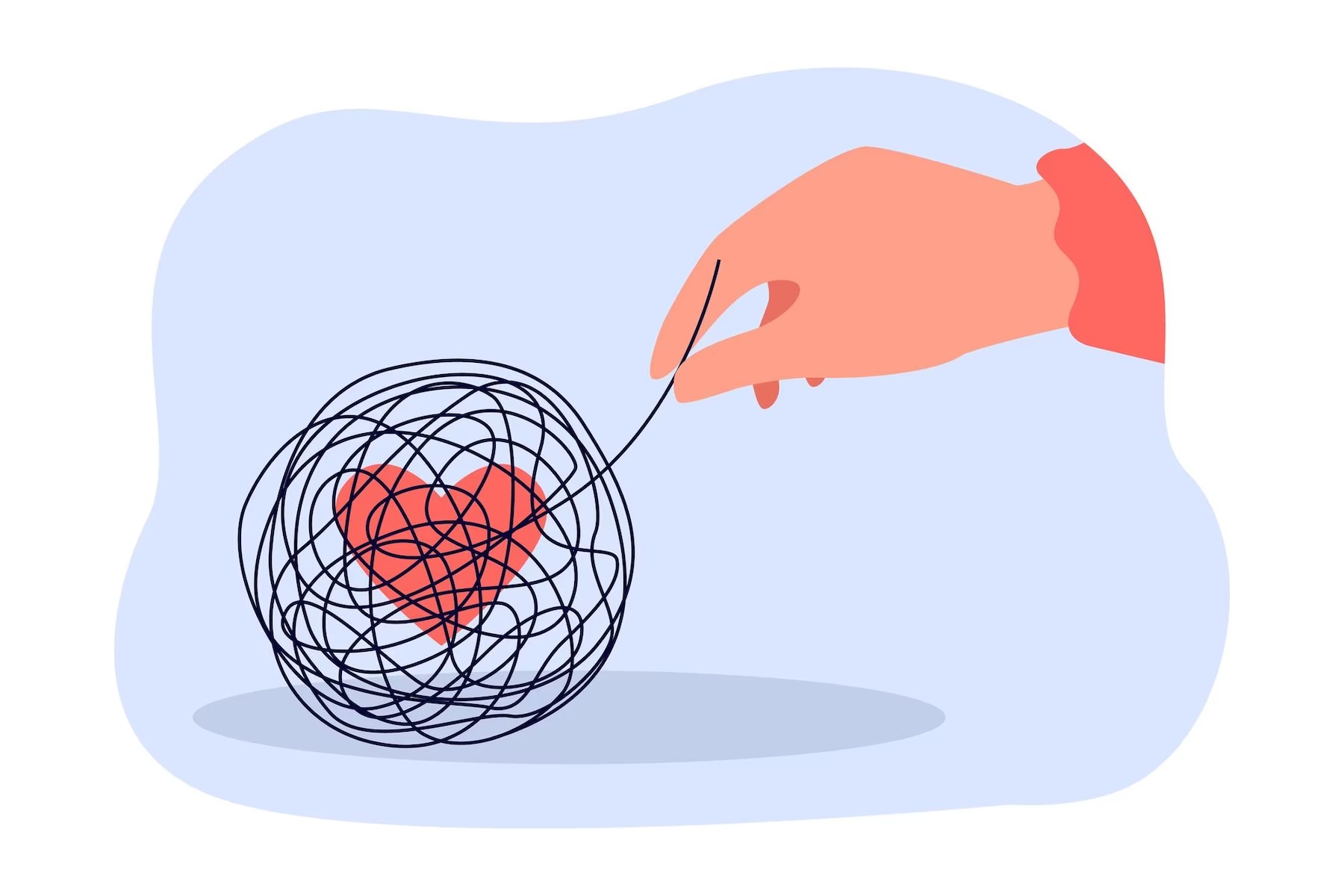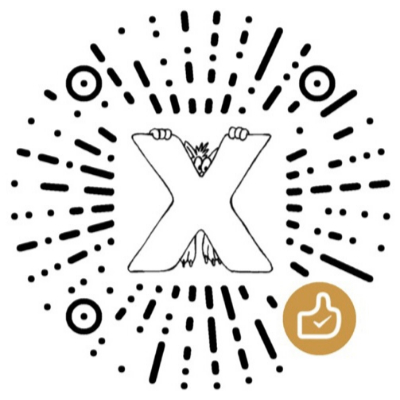DASS-21(抑郁-焦虑-压力量表)是一种常用的自评量表,用于评估个体在抑郁、焦虑和压力方面的情绪状态。它由Lovibond(1995)开发,并已在许多研究和临床实践中得到广泛应用。
DASS-21包含三个子量表,分别评估抑郁、焦虑和压力。每个子量表由7个项目组成,总共有21个项目。被试者根据自己在过去一周内的感受程度,使用4点量表(从0表示“不符合”到3表示“总是符合”)进行回答。请仔细阅读每个条目,并根据过去一周的情况,在每个条目中选择适用于你情况的程度选项。请回答每个条目,选择没有对错之分。
DASS-21可以帮助个体和专业人员了解情绪状态,并提供参考,但它不是用于诊断精神疾病的工具。如果你感到严重的情绪困扰,请咨询专业医生或心理健康专家寻求帮助。
说明:
- 抑郁得分≤9分为正常,l0~l3分为轻度,14—20分为中度,21~27分为重度,≥28分为非常严重;
- 焦虑得分≤7分为正常,8~9分为轻度,10~14分为中度,15~l9分为重度,≥20分为非常严重;
- 压力得分≤14分为正常,15~l8分为轻度,l9~25分为中度,26~33分为重度,≥34分为非常严重。
参考文献:
龚栩, 谢熹瑶, 徐蕊, & 罗跃嘉. (2010). 抑郁-焦虑-压力量表简体中文版(DASS-21)在中国大学生中的测试报告. 中国临川心理学杂志, 18(4), 443-446.


